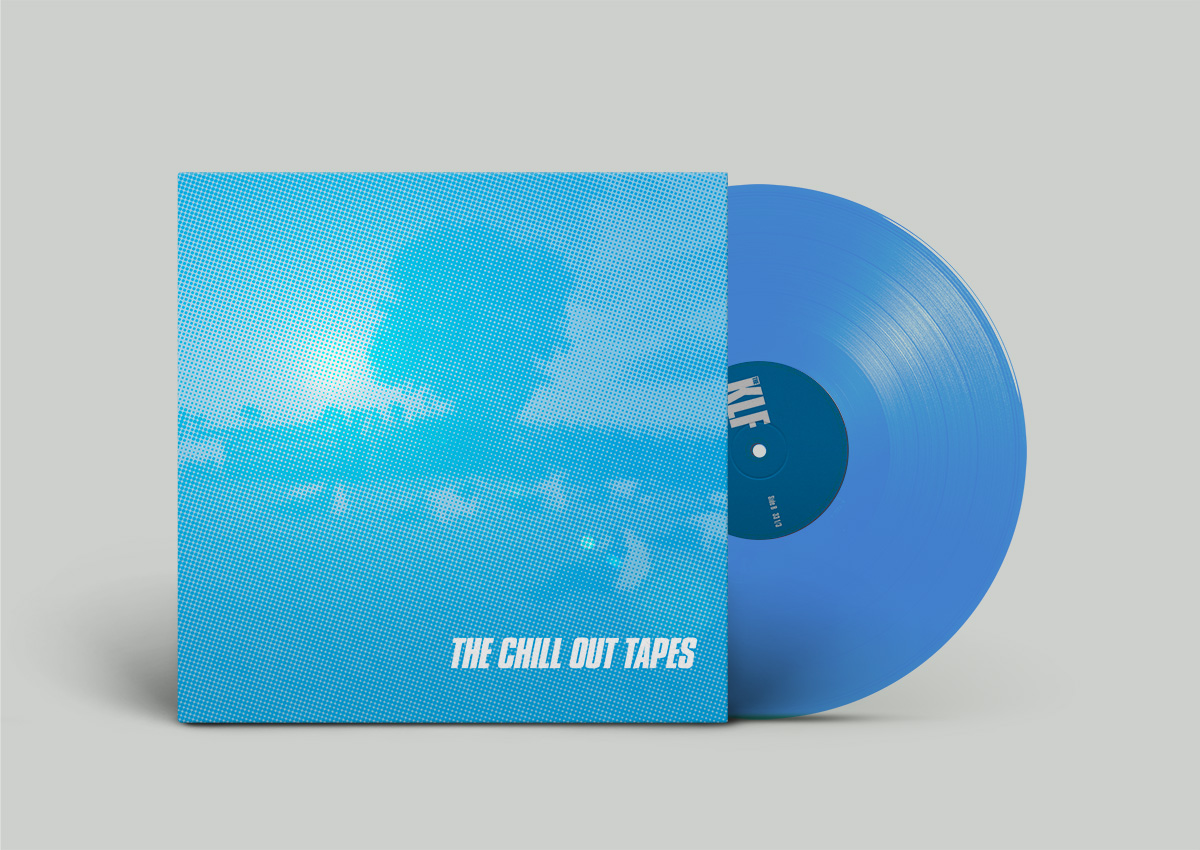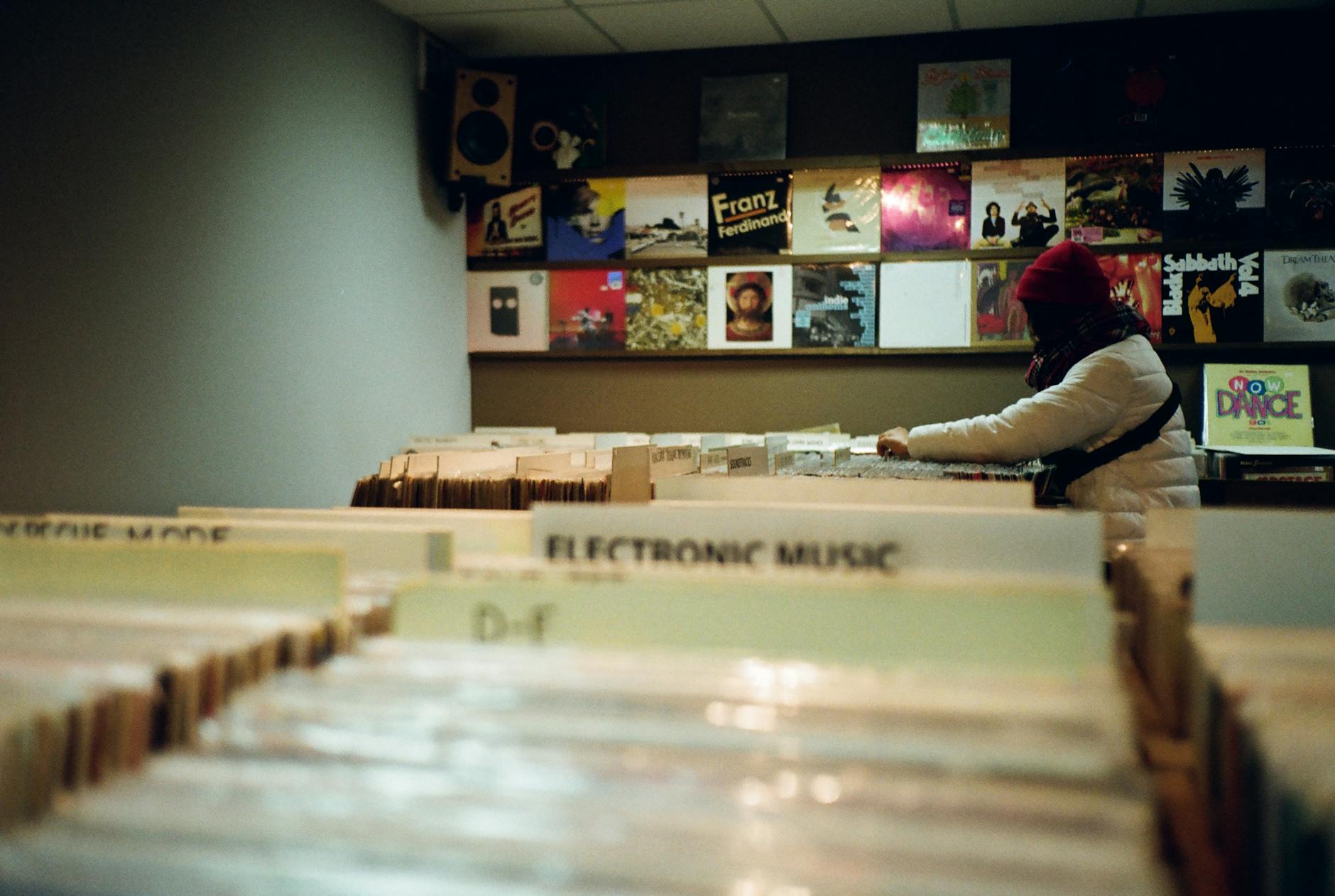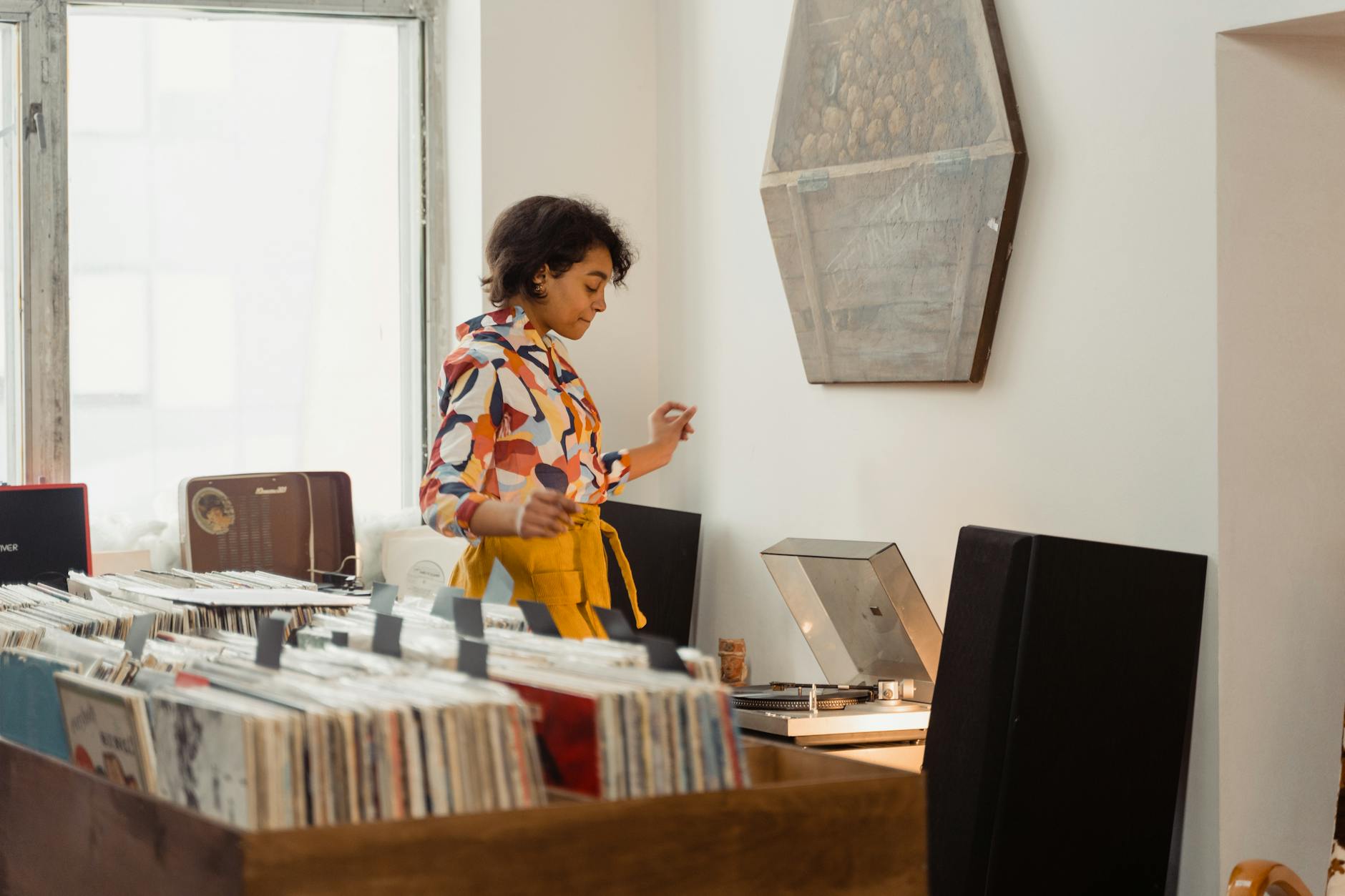"We didn't set out to invent ambient house".

In 1990, Chill Out offered a new way of hearing the world: ambient textures woven with radio static, wandering voices, and the rhythmic hum of American highways. It wasn't just music - it was a place.
This double album presents Chill Out as it originally existed in the KLF's South London studio - on cassette tape. What you'll hear on Sides A and B is a direct transfer and mastering from one of those original take home to listen to tapes. No edits. No polish. Just the warm fuzz of analog and the raw imagination of two sonic explorers. Every imperfection has been preserved, with only minimal hiss removed for your listening comfort.
Sides C and D pull back the curtain even further. Original mixes of Last Train to Trancentral and early ambient jam session tapes, form a collage of the process behind the finished album. These recordings are spontaneous, unfiltered. They are the sound of the KLF in motion - experimenting, sampling, layering, building a world out of happy accidents and sampled fragments.
This is not a retrospective. It's a rediscovery.
Tune in. Drift out. Kopyright Liberation Front

"There's a myth that Chill Out was some masterplan. It wasn't. It was just us mucking about with samplers and decks in the middle of the night, seeing what would happen if you slowed everything down and let it breathe. We didn't know we were inventing a genre - and if we did, we probably wouldn't have done it."
The idea came out of The Land of Oz - the ambient room we did at Club Heaven. While everyone else was sweating their faces off upstairs, we were down in the basement playing whale songs, Elvis, and shortwave radio signals. It was chaos in slow motion. One night it actually worked. The crowd didn't leave. They just stood there, still. Like they were being hypnotised. We knew we were onto something.
The samples were mostly vinyl or tape, fed through an Akai sampler. We didn't clear anything. Nobody did back then. It was all part of the atmosphere - stuff you'd catch tuning through a cheap radio at 2 a.m. We used what sounded good. That was the only rule.
People later said it was a journey across the Deep South of America. That came after. We looked at a map and thought, yeah, sure, let's call it that. But it was never about real places. It was about imaginary ones. Stations between stations. Noise between the notes.
I still don't really know what the album is. It's not ambient in the Eno sense. It's not dance. It's not really music in the traditional way. It's more like a broadcast from a different dimension. It loops. It glitches. It floats. And somehow, it still holds together.
We called it Chill Out because that's what it did. And still does.
Jimmy Cauty
"People think it's a road trip across America. Gulf Coast. Texas to Louisiana. Fair enough. I've never been to any of those places. Still haven't. But there's something about staring at an old road atlas at three in the morning with a cigarette and a cup of tea - you start hearing things. Steel guitars, freight trains, preachers, and static. That's all Chill Out is, really. Imagination and error, glued together by instinct."
The truth is, Chill Out was recorded in one go, sometime around February 1990, in Jimmy's squat on the South Bank. We'd been doing these late-night sessions at Club Heaven, in the back room we called The Land of Oz. People needed somewhere to come down - we gave them that, but stranger. Jimmy had his synths and samplers, I had a stack of records, and somewhere in there we found this drifting, circular thing. It was less about mixing than about suggesting. Like a séance, but for AM radio ghosts.
Bill Drummond
